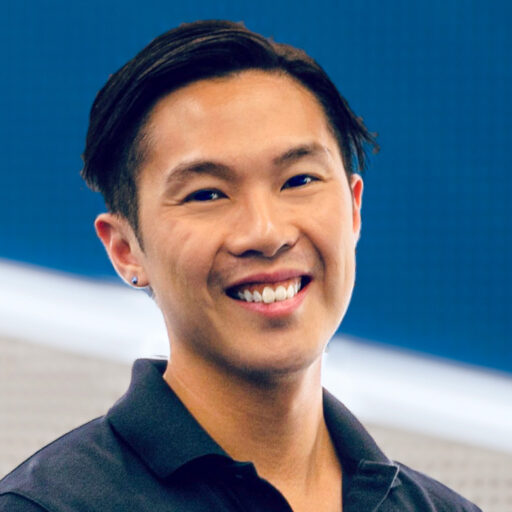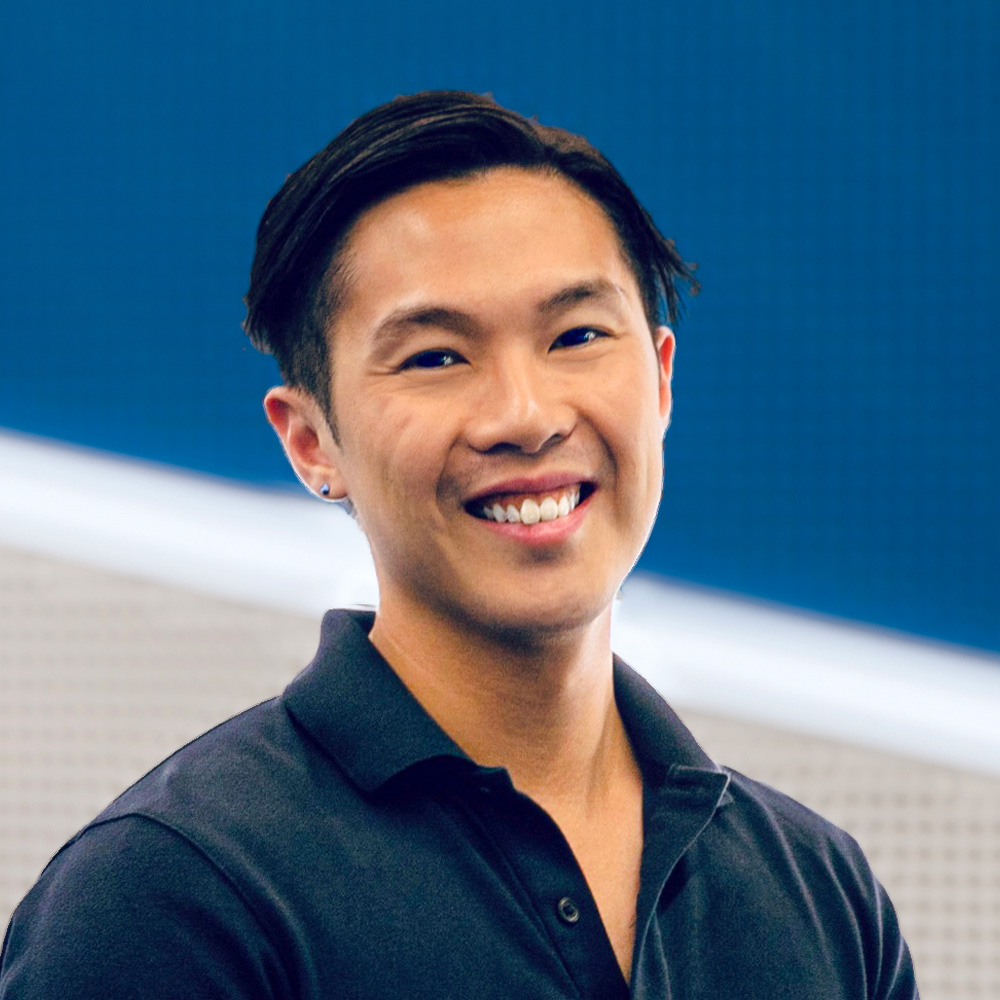They are looking at you. Their eyes are open, they appear present, but you know they are not really there. Their minds are somewhere else, pulsing to the rhythm of notifications, stories, and reels. You can almost feel the constant hum of the digital world vibrating through the room, a parallel reality where their attention lives most of the time. This is what it feels like to teach in the age of dopamine.
Students today inhabit a world wired for instant gratification. Every swipe delivers a jolt of novelty, every notification a microdose of reward. Social platforms like TikTok and Instagram have engineered experiences that train the brain to crave constant stimulation. Meanwhile, higher education still operates on a model designed for another era: long reading lists, weekly lectures, extended assessments, and delayed rewards. The gap between these two worlds grows wider every year, and unless we acknowledge it, we risk becoming irrelevant.
This is not simply about distraction but about the neurological rewiring of attention. Our students are conditioned for immediacy and variability. They don’t seem cut out for the slow burn of deep work. The dopamine-driven design of their everyday digital life has reshaped what feels normal, and in comparison, traditional learning experiences feel unbearably static. Higher education asks for patience and persistence. The attention economy asks for speed and novelty. Guess which one wins most of the time?
Attention is collapsing
To understand the challenge, we need to look at what the attention economy has done to learning. Short-form video content has become the dominant format for information and entertainment. Students consume knowledge in fragments, such as thirty-second clips, rapid-fire carousels, and two-sentence max threads. This consumption style actively rewires the brain for continuous novelty-seeking. Sustained focus, once the foundation of academic life, feels like friction.
As educators, we see the effects firsthand. Students skim rather than read, memorise instead of analyse, and disengage the moment complexity enters the conversation. Deep learning becomes harder to achieve because it demands time, and time feels unbearably slow when your brain expects the reward of something new every few seconds.
Why traditional levers no longer seem to work
For decades, universities relied on predictable motivators: grades, deadlines, punishments. But those levers are breaking. Grades no longer hold power for many students. Some fail a subject repeatedly without seeking help, returning to the next semester with the same habits, the same mistakes. Punishments have little sting because the future feels too distant to matter.
Higher education assumes students are motivated by delayed payoffs: employability, prestige, intellectual growth. But the present-tense economy rewrites that logic. When life online feels like the real life, lectures become an intermission between dopamine hits.
Student engagement sounds like a paradox
Faced with this reality, lecturers feel a pressure that borders on existential: make the class engaging or risk losing them entirely. Engagement becomes equated with teaching performance. So we chop complex ideas into smaller and smaller pieces, designing slides like Instagram feeds, praising surface-level contributions because depth will scare them off.
And yet, we know this compromises the very thing higher education stands for. Superficiality becomes the price of survival. This to me is a paradox at the heart of teaching today. If we refuse to adapt, we lose our students. If we adapt too much, we lose the essence of education. And remember, engagement is a two-way street. We are not here to entertain, but to educate. So the question is: how do we hold that line without breaking it?
Platforms vs Learning Management Systems
The reality is that students live on platforms that higher education barely touches. TikTok, Instagram, Discord and much, much more. These are the spaces where they learn, share, and interact. In contrast, universities insist on centralising everything in Learning Management Systems (LMS). For administrators, the LMS is a neat solution. It’s organised, trackable, and compliant. For students, it is another inbox to ignore.
So here lies one of the toughest dilemmas for higher education. Should we move closer to where students are, creating academic content for the platforms they inhabit? Or does that surrender us to the same forces that hollowed out their attention spans in the first place? Neither option feels comfortable, but ignoring this gap guarantees one outcome, irrelevance.
What comes next?
We cannot out-TikTok TikTok. Competing with the dopamine economy on its own terms is a losing battle. But that does not mean standing still. The solution I think lies in adaptation without surrender.
Artificial intelligence offers one pragmatic bridge. Instead of exhausting lecturers with the impossible demand to become full-time content creators, AI can potentially reformat core material into multiple formats (e.g. short videos, audio snippets, visual summaries) allowing students to engage with knowledge in spaces they already inhabit. This is not lowering the bar, but using emerging tools strategically so that educators can focus on what they do best: fostering critical thinking, mentoring, and meaning-making.
But technology alone will not save us. We also need structural change. For many students, university is no longer a conscious choice but the default next step after school. Before we teach disciplinary knowledge, we should teach purpose. Imagine a first-year (or pre-first year) experience focused on passion-finding, life design, and helping students build a sense of why they are here and why they want to go. When students have clarity of purpose, the motivation for deeper engagement follows.
Above all, higher education must reclaim its purpose. In a world that rewards speed, we should defend slow thinking as a competitive advantage. While platforms chase attention, universities can offer something rarer and more valuable: the capacity to reflect, to think critically, to wrestle with complexity.
Looking ahead
The age of dopamine will not end. The forces shaping our students’ minds are powerful, relentless, and profitable. But higher education is not powerless. We can choose to adapt intelligently by using technology to bridge gaps, redesigning learning for relevance, and reasserting the value of depth in an age of distraction.
The question we must ask is simple but urgent. If we were designing higher education from scratch today, in the attention economy we live in, what would it look like?

